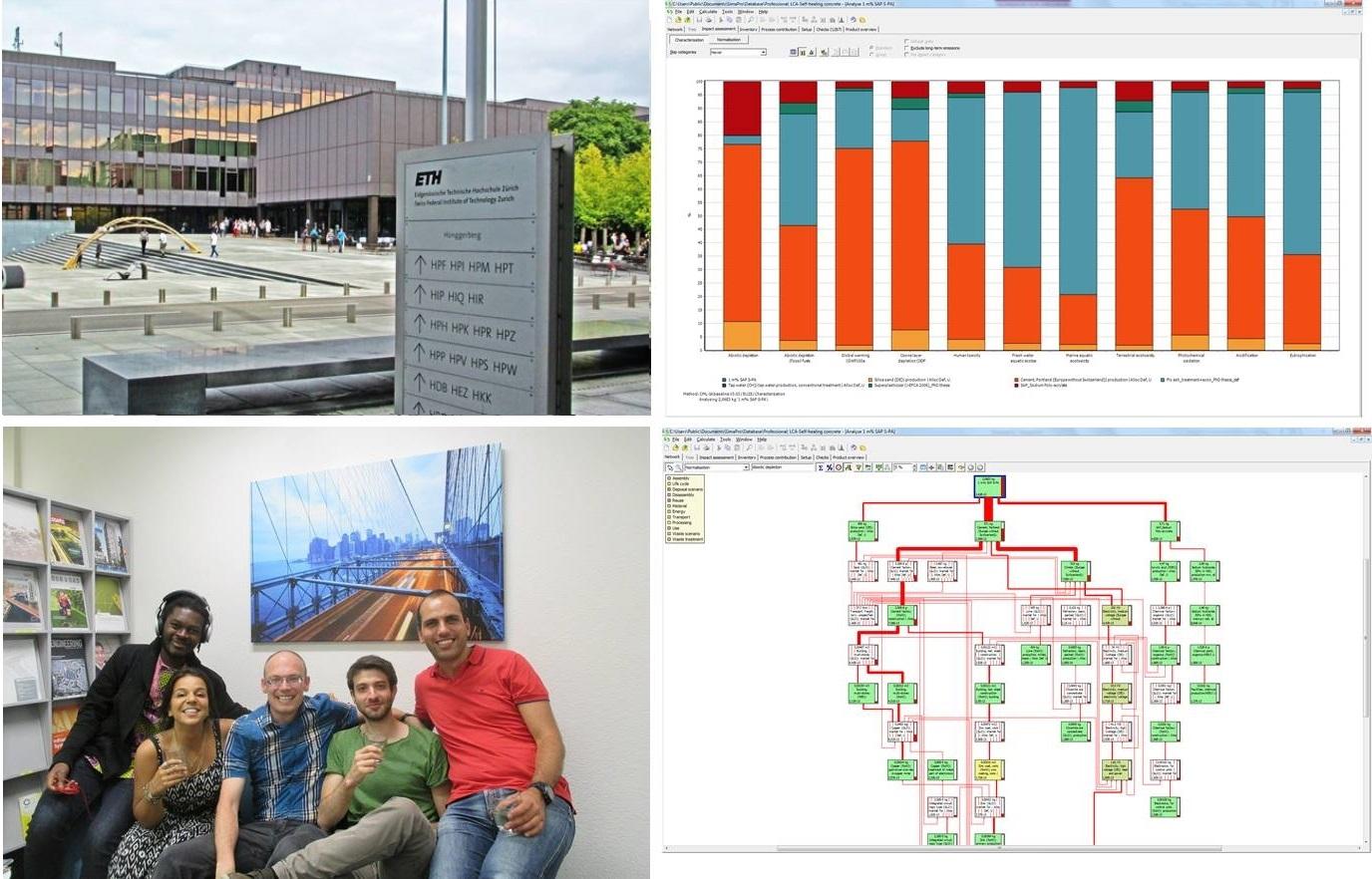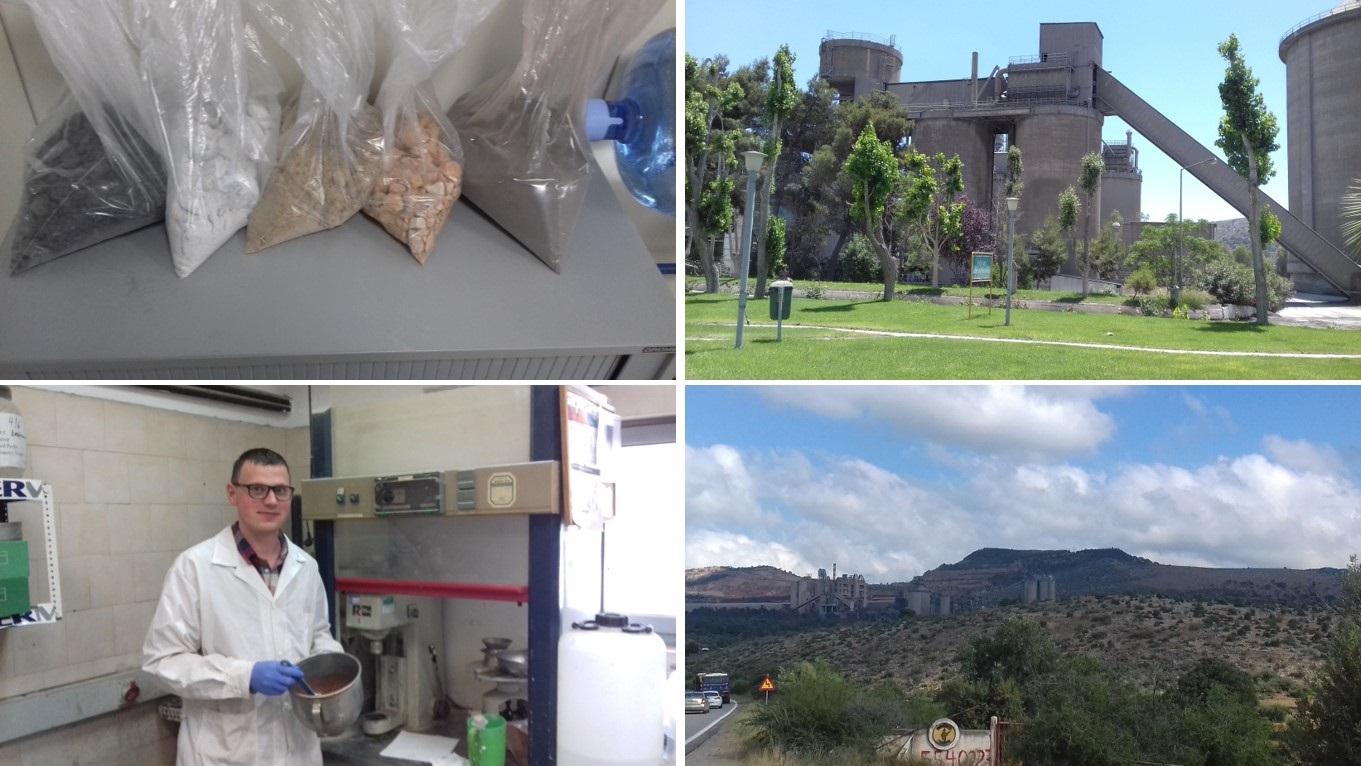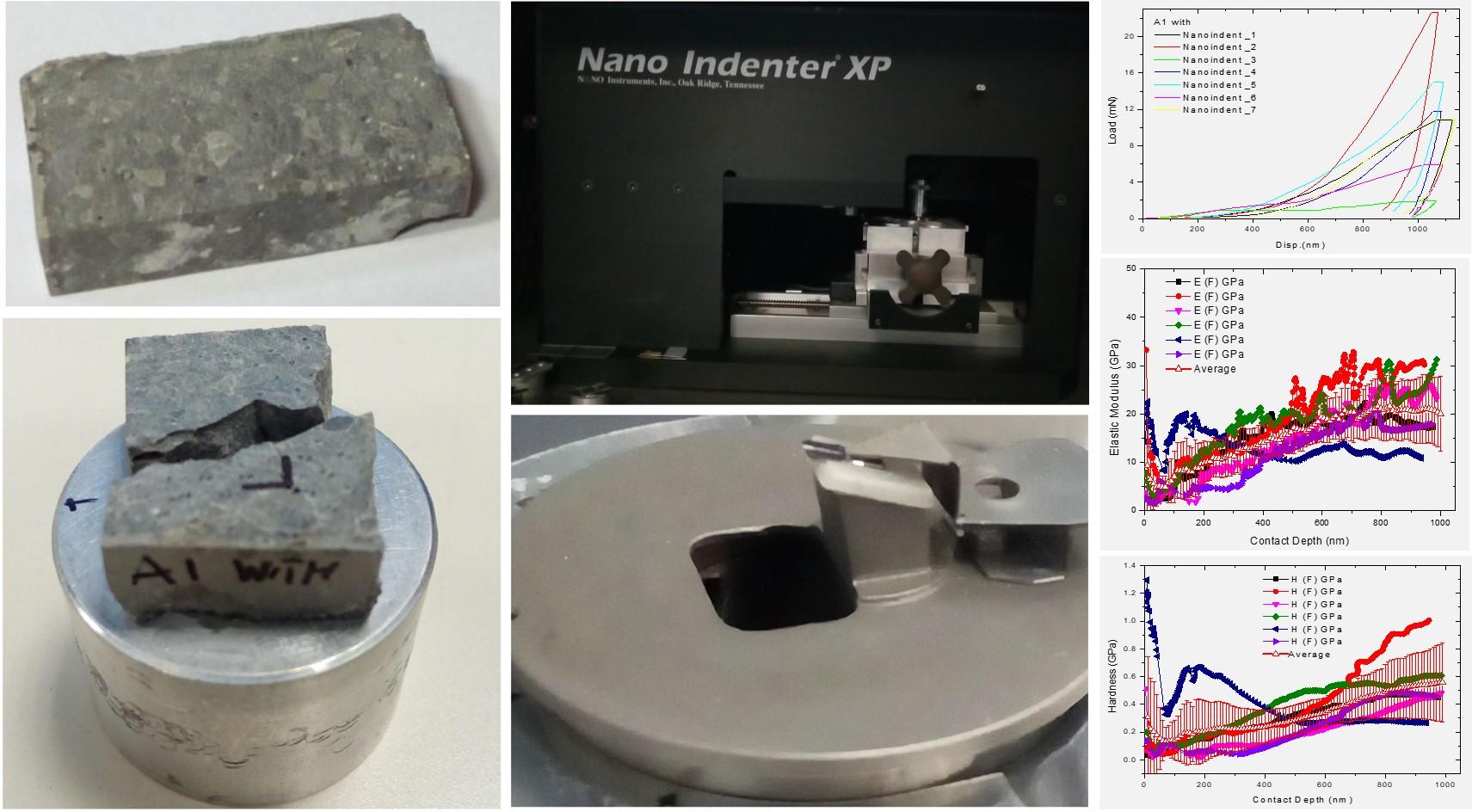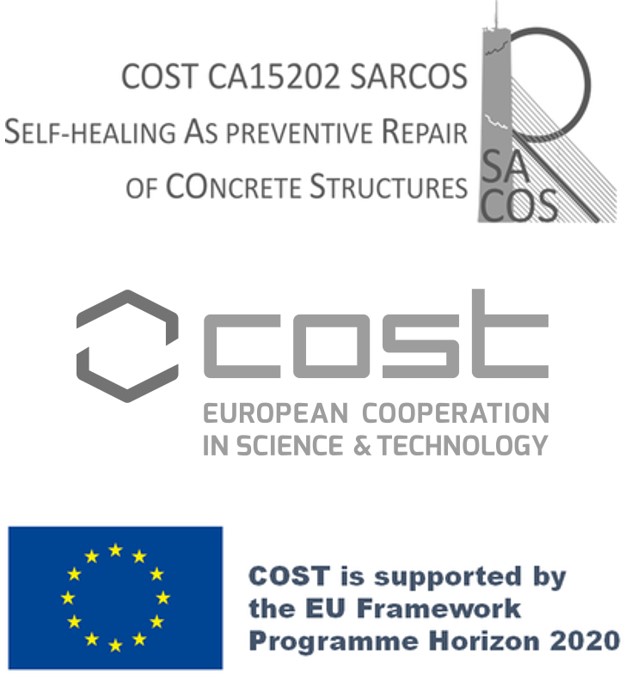Awarded STSMs
| CALL 3.0
Applicant: Dr. ir. arch. Philip Van den Heede
STSM Topic: Service Life Related Life Cycle Assessment of Polymer-Based Self-Healing Concrete
Host: Guillaume Habert, ETH Zurich, Zurich (CH)
Period: 01/05/2017 to 13/06/2017
Work Plan Summary:

STSM Topic: Radiological characterization of the material mass flows at the TITAN cement plant.
Host: TITAN Cement S.A.
Period: 17/05/2017 to 06/06/2017
Work Plan Summary:

Applicant: Prof. Liberato Ferrara
STSM Topic: Multi-scale experimental investigation on autogenous/stimulated self-healing capacity of cement pastes with/without crystalline admixtures
Host: Aristotle University of Thessaloniki, Thessaloniki (GR)
Period: 30/10/2017 to 5/11/2017
Work Plan Summary:
Prismatic mortar specimens (40 x 40 x 160 mm3) will be prepared at the host institution in advance of the STSM, with two different mixes, with and without a healing agent (crystalline admixture). Mortar mixes will be formulated from concrete mixes employed in previous investigations by the applicant. Specimens will be cracked in bending at 28 days age, up to complete breakage into two halves. All the faces of each half, except for the fresh crack surface, will be sealed (e.g. with a tape) and the specimens exposed to different conditioning environments (water, open air, wet/dry cycles, controller T/RH rooms), so to allow "healing products" to grow on the same crack surface. At selected exposure durations nanoindentation on the crack surfaces will be performed. The STSM will be organized so to coincide with the first series of nanoindentation investigations. Companion specimens, in case with wire reinforcement to control the crack, will be pre-damaged n 3-point bending up to prescribed crack width (e.g. 200 microns) and subjected to same exposure conditions of the specimen halves to be nanoindented. After same durations, crack sealed will be visually assessed, and then specimens will be retested according to the same pre-cracking test set up to identify recovery, if any, of flexural residual load bearing capacity and stiffness. Broken specimens will be brought at the home institution of the applicant for SEM investigation. So correlation among recovery of mechanical properties, crack sealing, chemical nature of healing products and nano-scopic properties of the same products will allow to have a thorough and deep insight into the healing mechanisms and outcomes. Research project so conceived and started during the STSM will be continued through mobility of MSc students, which will strengthen the collaboration between the home and host institutions. The objectives of this STSM are to correlate crack sealing, healing of mechanical properties and nature and properties of the healing products, and to strengthen the cooperation between two groups from the COST Action with different expertise, ensuring the exchange of knowledge and setting up new collaboration networks. These objectives are in compliance with the challenge of the Action and its objectives. The results from this STSM will feed WG2, more specifically 2.1.2 (mechanical tests) and 2.2 (Healing products analysis), also with secondary inputs for sub-WGs 1.1.1 (autogenous healing).



